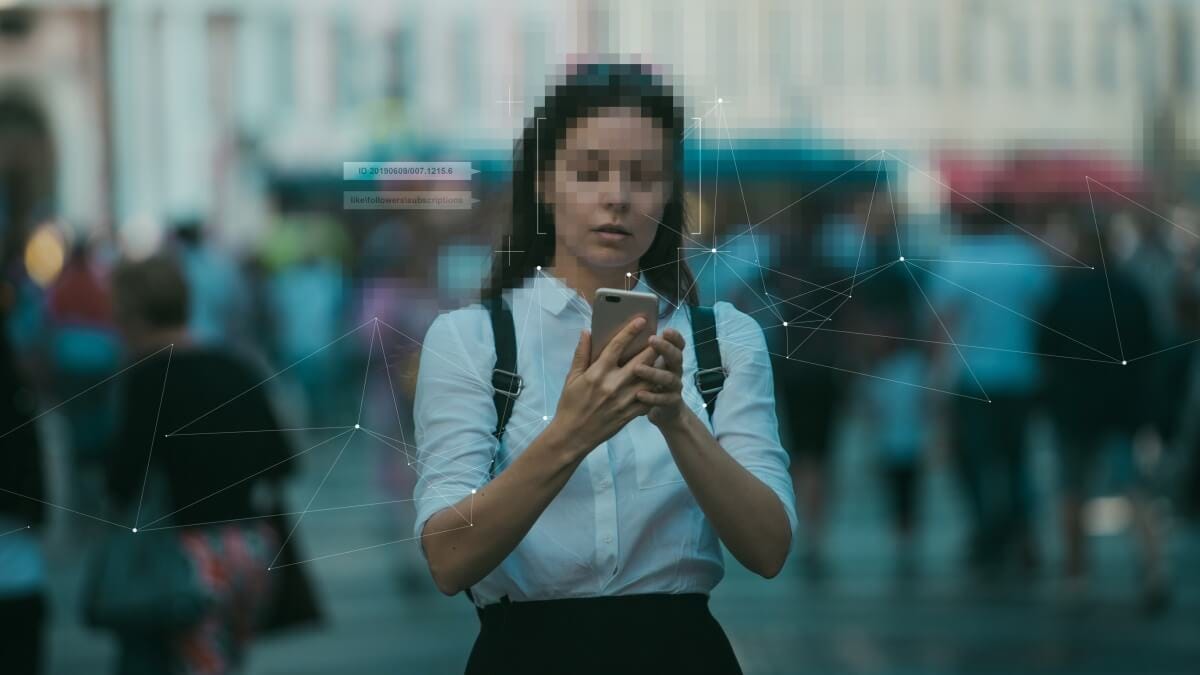Revolutionizing the retail space with Edge computing
Edge computing generates a host of new, exciting opportunities for retailers
Edge computing is a distributed computing method that keeps data closer to the source where it’s initially generated.
But what’s it got to do with retail?
Well, Edge computing can benefit retailers as it allows them to bring computing power nearer to kiosks, workstations, beacons, point-of-sale systems, cameras, and sensors.
Data from these Edge-enabled devices can be analyzed in real-time and delivered back to store employees through alerts and reports. In the meantime, other selective data collected at the Edge can travel to the cloud, which can help optimize analytics and predictive models across the entire company.
This opens the potential for new retail experiences, including real-time personalized promotions and recommendations.
Perhaps most excitingly, Edge computing enables retailers to introduce cutting-edge immersive experiences into their stores.
This is a potent tool for the beauty and apparel industries, where augmented reality “virtual try-ons” of clothing and cosmetics can transform the customer experience.
And what about personal interactions with staff on the shop floor?
Thanks to the speed and power of Edge computing, retailers can put customer insights into sales associates’ hands in real time, giving them new tools to augment and enhance customer experiences and explore upselling opportunities.
In retail, Edge computing matters because it allows retailers to get more value from their data while saving massively on data streaming costs.
It provides low latency, speedy data transfers, resilience against network outages, and gives retailers more control over where their data is processed.
Edge computing is practical wherever the volume, speed, and privacy of data matter, and retailers can (and should) consider a host of use cases today.
To learn more about the role of Edge computing in retail, see the following articles.
Edge computing for a checkout-free future
According to the article below, checkout-free shopping (which promises tremendous benefits for both customers and retailers) is on its way to becoming all the rage in brick-and-mortar stores.
Using AI and Edge computing, checkout-free shopping allows customers to pick up what they need and simply walk out of a store with the appropriate funds automatically deducted from their bank accounts.
In addition to being incredibly convenient, this new checkout experience also improves profitability by using data to understand shoppers’ needs in real time.
The Role Of AI And Edge Computing In Building The Checkout-Free Store
The Edge is transforming retail
To stay afloat in an increasingly digitized marketplace, retailers are looking for ways to imitate online experiences in brick-and-mortar stores.
As the flowing article demonstrates, Edge computing is emerging as an essential component of new strategies designed to bring shoppers back into physical stores.
To better understand how the Edge is transforming retail, this article explores 5 Edge computing use cases that deliver promising brand outcomes.
5 Edge Computing Use Cases Revolutionizing Retail
The store of tomorrow
This article explores how distributed Edge computing allows for more advanced computation where customer data resides - in the retail store itself!
Keeping data local matters because it allows retailers to get more value from their data.
When retail infrastructure resides on the Edge, businesses can capture all the activity happening in-store (in the moment) and respond immediately.
Edge Computing for Store of Tomorrow
Some extra resources
Computer vision solves complex visual tasks
From self-driving cars to defect detection and medical imaging - the article below explores how computer vision is helping modern businesses solve challenging visual tasks.
What Is Computer Vision? [Basic Tasks & Techniques]
Edge AI use cases
The following article discusses how Edge AI can be used in many verticals, including driverless vehicles, smart cities, industrial manufacturing, healthcare, financial services, and augmented reality gadgets.
Edge AI | Industrial Use Cases 2022
Solutions for Edge-based video analytics
This article argues that Al (and deep learning in particular) enables new ways of using and extracting insights from live video streams and video footage.
As this is incredibly valuable work, deciphering solutions for Edge-based video analytics is a top priority for getting the most out of the tech.
How to Scale Up Real-Time AI Video Analytics on the Edge
Xailient’s newest article
When deploying Face Recognition, it’s important for companies to understand the laws, regulations, and concerns surrounding the technology.
How Can Xailient Resolve Face Recognition Privacy Concerns? takes a close look at the effects of Face Recognition on privacy and explores how companies can avoid legal liability with Xailient’s Edge Face Recognition and Orchestrait platform.
Thanks for reading,
See you next week!




